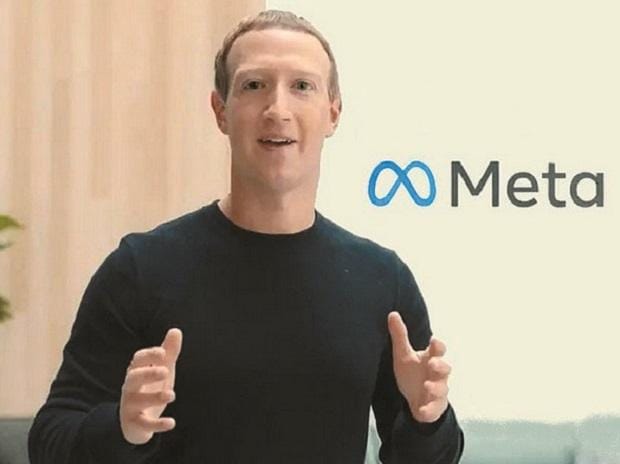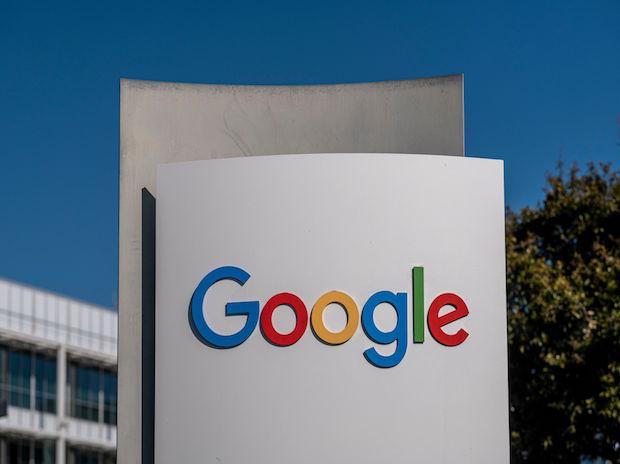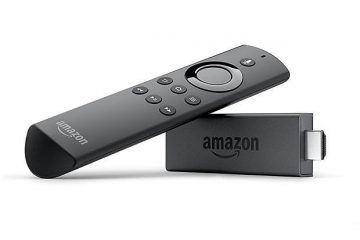What is metaverse?
The definition of metaverse is still evolving. As of now, it refers to real-time 3D virtual spaces, where users can meet, create, socialise, work, buy goods and services and attend events with other people who are not in the same physical space. A true metaverse is meant to perfectly replicate real life, although it is unclear how many more years it will take to develop.
The Zuckerberg project
Earlier this month, Facebook owner Meta unveiled its $1,500 Quest Pro virtual and mixed reality headset. Aimed at working professionals, the headset will offer consumers a way to interact with virtual creations overlaid onto a full-colour view of the physical world around them.
The high-end device marks a milestone for CEO Mark Zuckerberg’s pursuit to turn the social media giant into a company that operates a shared immersive computing experience known as the metaverse.
Meta has already spent more than $15 billion on Zuckerberg’s vision. Zuckerberg said he expects the blending of the physical and digital worlds to give rise to new uses for computing.
Metaverse users are currently scattered across several platforms, such as Decentraland, Fortnite, Minecraft, Roblox, and The Sandbox.
Use case of metaverse
The use cases for the technology range from gaming, remote work, fitness and education to social media, shopping, entertainment and tourism.
The virtual reality
According to the latest PwC Global Consumer Insights Pulse Survey, the impact of virtual reality (VR) and the metaverse as a consumer channel is starting to be seen. Globally, almost one-third of consumers surveyed have used VR in the past six months. VR was most popular in China, India and Qatar.
Surprisingly, 32% of VR users said they have purchased products as a result of testing them or browsing in stores via VR and 19% have used VR to purchase luxury goods.
Consumers, particularly in the Gen Z and millennial segments, are increasingly turning to VR to do their shopping. McKinsey & Company estimates that annual global spending by consumers and businesses related to the metaverse could reach as much as $5 trillion by 2030.
Some global companies have hired chief metaverse officers to exploit opportunities thrown up by this immersive internet experience.
Fashion retailers are letting customers try on thousands of garments virtually using avatars that match their measurements. Using Augmented Reality, furniture retailers enable customers to see how furnishings will look in their homes. Global brands like Gucci, Nike and Louis Vuitton have developed their own metaverse.
Speaking to Business Standard, Anushree Verma, Director Analyst, Gartner says, 30% of orgs will have metaverse-ready products & services by 2026
Metaverse-inspired experiences can improve customer engagement
VR shopping can result in fewer product returns
Walmart stepped into metaverse last month with two virtual worlds on online gaming platform Roblox targeting the next generation of shoppers.
Nike too opened a virtual world modeled after its headquarters on Roblox called Nikeland in November 2021. The digital space allows players to outfit their avatar with special Nike products and play mini-games. To date, it has received over 21 million visitors.
You can now also experience metaverse on Flipkart. The Walmart-owned company recently piloted Flipverse, which is a metaverse space that can be accessed through Android app where consumers can discover and shop products.
It offered “gamified, interactive and immersive” experiences for consumers where they can collect the company’s loyalty points and digital collectibles from partner brands. Amazon showcased the Amazon Metaworld — a metaverse of digital experiences in five Indian cities.
Barathi Srinivasan, Partner, Kearney says, customers are increasingly identifying with the digital world. No limit to how many products customer can try on virtually. Shoppers can share their looks with friends
Investments in the virtual world can translate into gains in the real one. For example, Forever 21, which sells a virtual black beanie hat that can be purchased on the Roblox platform with its in-game currency, has also launched a physical version due to interest in the product thanks to the concept of consumers “twinning” with their avatars.
Metaverse opens new avenues for brands to engage consumers prioritising convenience. With developments in AR and VR technologies and sensors, customer satisfaction is bound to go up as one gets a better sense of what they are purchasing with a 360-degree product experience. Elements of gaming and socialising can complement shopping experience to improve loyalty while AI can help brands deliver personalised recommendations.
Note:- (Not all news on the site expresses the point of view of the site, but we transmit this news automatically and translate it through programmatic technology on the site and not from a human editor. The content is auto-generated from a syndicated feed.))




маркетплейс аккаунтов площадка для продажи аккаунтов
профиль с подписчиками аккаунты с балансом
купить аккаунт продажа аккаунтов
профиль с подписчиками купить аккаунт с прокачкой
аккаунт для рекламы купить аккаунт с прокачкой
Marketplace for Ready-Made Accounts Account exchange
продать аккаунт https://akkaunty-na-prodazhu.pro
продать аккаунт akkaunt-magazin.online
продажа аккаунтов https://akkaunty-optom.live/
биржа аккаунтов https://online-akkaunty-magazin.xyz
биржа аккаунтов https://akkaunty-dlya-prodazhi.pro/
площадка для продажи аккаунтов https://kupit-akkaunt.online/